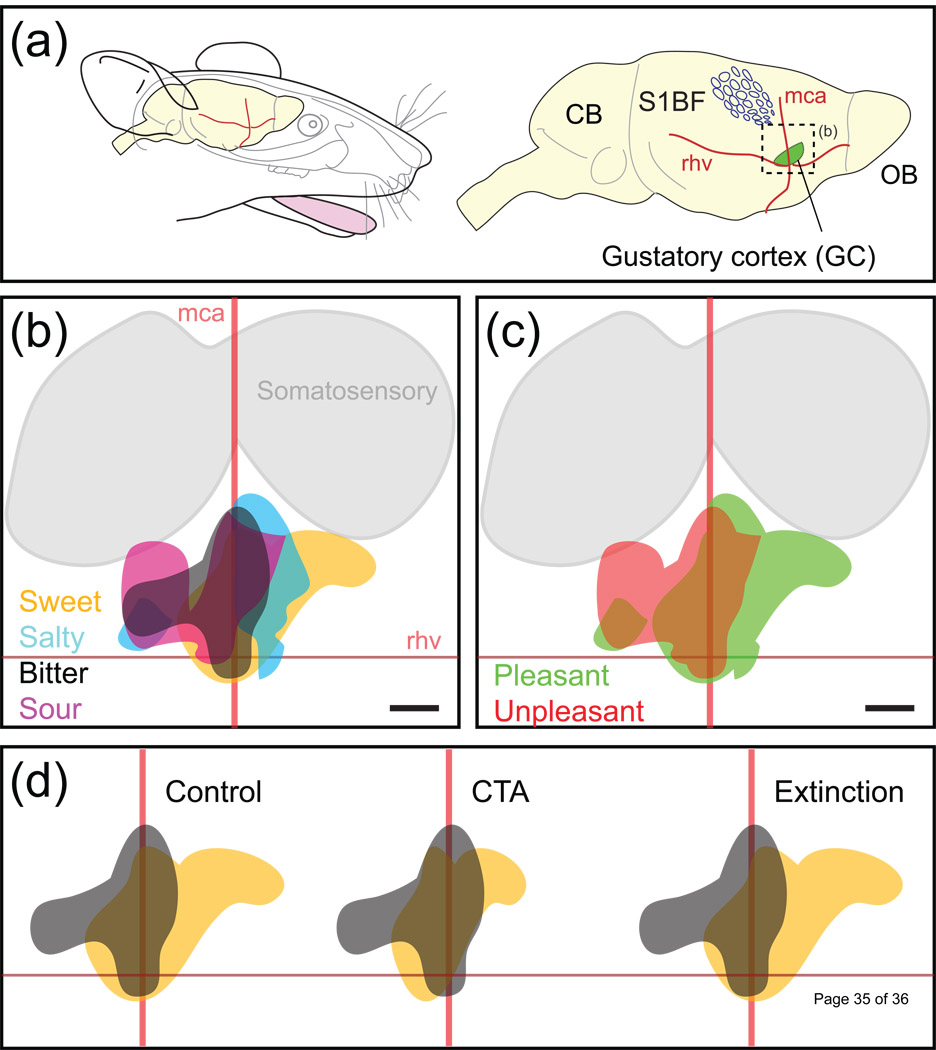Figure 3. Topographical representations in the rat gustatory cortex.
(a) Approximate size and location of the GC with respect to anatomical landmarks (blood vessels: middle cerebral artery, mca; rhv, rhinal veins) and other sensory areas of the brain (olfactory bulb, OB; primary somatosensory cortex barrel field, S1BF). (b) Schematic representation of the cortical territories activated following stimulation with four stimuli representing four different taste modalities (sweet, salty, bitter, sour). Same orientation as in (a). (c) Pleasant (sweet and salty) and unpleasant (bitter and sour) regions appear to be temporally distinguishable. Responses to pleasant stimuli seem to be represented more rostrally than responses to unpleasant stimuli. (d) Relationship between behavioural state and cortical state in the gustatory cortex. In a naïve (i.e. control) rat, cortical representations of the hedonically positive (saccharin, orange) and negative (quinine, gray) tastants are quite different, though commonly activated cortical territories exist. After conditioned taste aversive (CTA) training, in which the malaise inducing agent lithium chloride (LiCl) is paired with the ingestion of saccharin, the normally positive stimulus of the latter becomes aversive and the pattern changes accordingly to become more similar (highly correlative) to the quinine response. After saccharin aversion extinction (Glossary), the hedonic value of saccharin reverts to a positive response, and its cortical map is again less similar (low correlation) to the quinine pattern. Note that the new representation of saccharin after extinction may not be a simple return to the same one that existed prior to conditioning.

